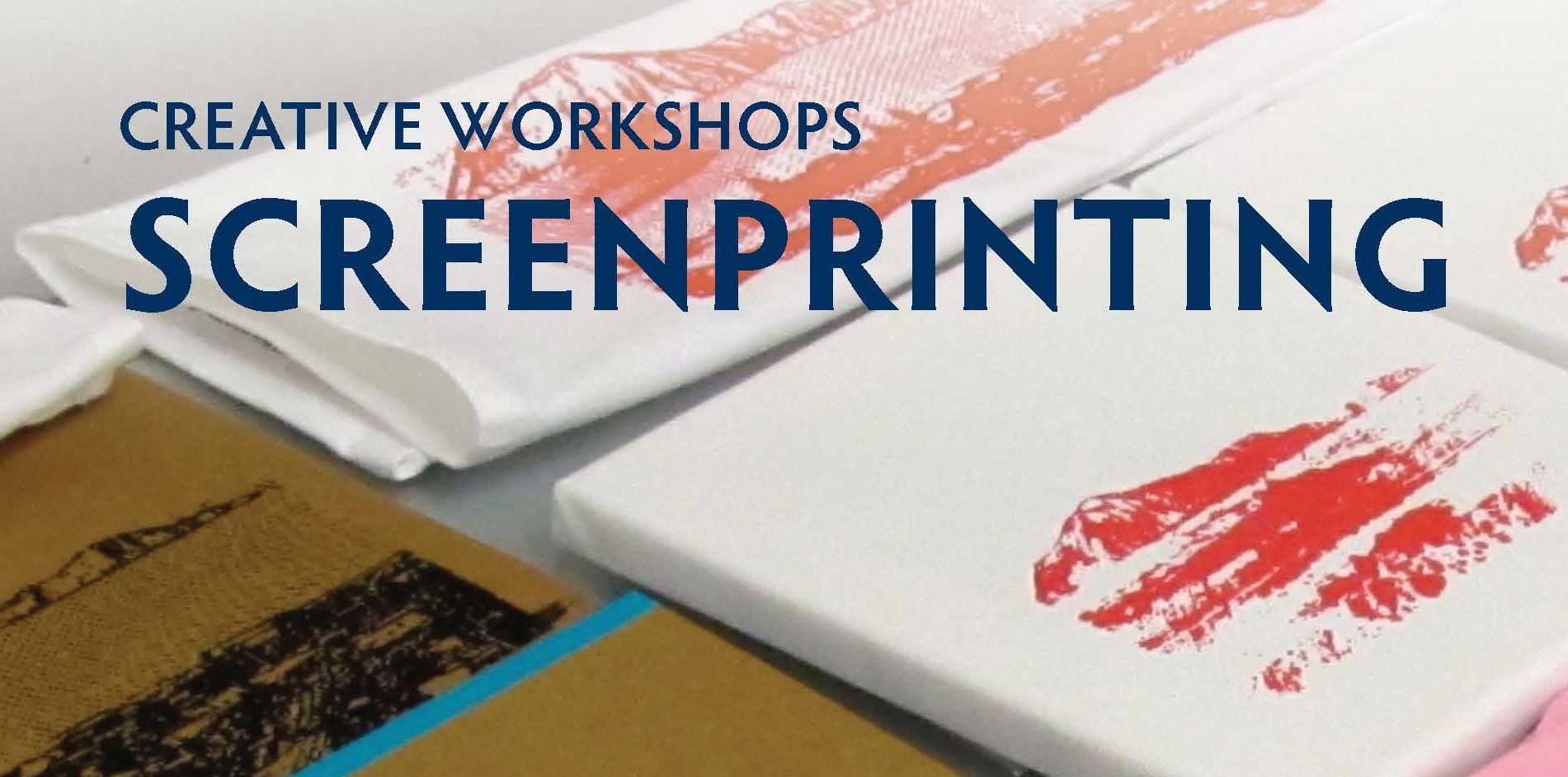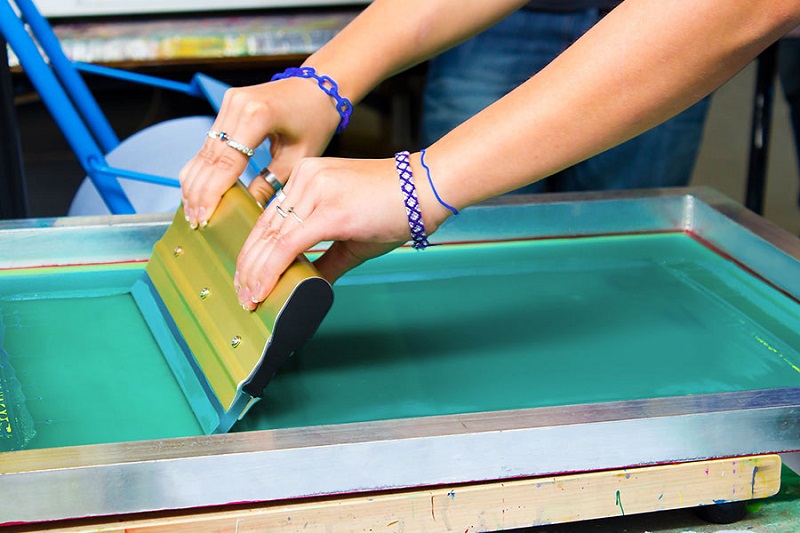
Short shelf life once sensitized (6-8 weeks, up to 3 months if refrigerated).Can be exposed to UV light while wet without curing so you can coat screens in normal lighting (though not recommended).Forgiving exposure latitude over or under exposing your image.Durability over long print runs (10,000+ pieces).Holds good high detail due to the finely ground particles in its make up.If you’re not using a water resistant formulated dual cure emulsuion and plan to print water base ink you may need to apply a hardener after rinsing out your stencil to avoid breaking the emulsion down on press when ink is applied. Out of the bucket, Dual Cure emulsions are also generally appropriate for plastisol or solvent inks. They generally require a longer exposure time. Dual cure emulsions have a medium solids content that results in a thinner product that will require more coats be applied to achieve a thicker micron. Dual cures utilize some of the straight diazo and some of the photopolymer properties. This means a photo-sensitive additive must be mixed into the emulsion before it can be applied to screens for exposure.

We won’t get into diazo emulsion here as manufacturers are phasing out this type of product.ĭual Cure emulsion is a (diazo) direct emulsion that is not pre-sensitized. There are two basic categories of direct emulsion dual cure and photopolymers. It can be applied to both the ink and substrate sides of the mesh in multiple layers to achieve a stencil micron specific to the substrate the screen will be used to print.

Excellent for stencil thickness consistency, especially for high tolerance applications.Can be applied immediately after reclaim process with no dry time in between.Easy application with water and squeegee (no scoop coaters or high level of technique required).dual cure CDF Vision which is solvent resistant). Capillary film is also used in industrial applications like circuit board printing with high levels of detail (eg. photopolymer EZ Film 30) to reduce the amount of ink deposited per print. Four color process or simulated process require a thinner micron (eg. photopolymer EZ Film 50) that is usually used on screens with a mesh count of 200 or lower. The micron you select will basically depend on the substrate you will print on.

It is applied directly to the screen using water and a squeegee.

Types of EmulsionĬapillary film is a photo-sensitive emulsion that is manufactured and sold in sheets or rolls of a predetermined thickness (measured in “microns”). We’ve also provided some questions you should ask yourself before choosing an emulsion for your particular situation. We’ve broken down the different types of emulsions available, their general qualities, and the pros and cons of each for different types of print shop needs. Similarly, different types of screen printing jobs benefit from different screen emulsions in order to increase print quality and save time on press. Sure it can be done, but a more effective tool exists and the best chefs know how and when to choose based on their needs. Imagine carving a roast with a butter knife. In the screen printing industry, choosing the right emulsion is as important as proper knife selection is for a chef.


 0 kommentar(er)
0 kommentar(er)
